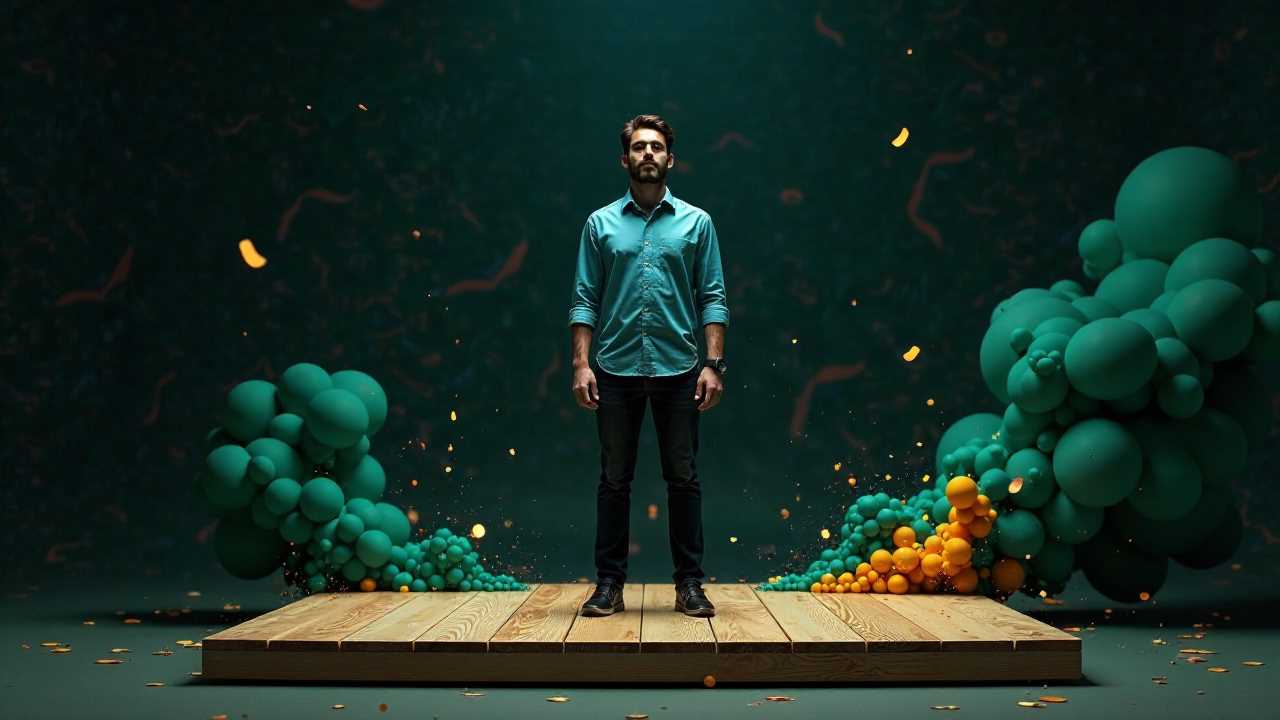
Understanding Non-Photorealistic 3D Animation
Non-photorealistic 3D animation (NPR) stands as a fascinating alternative to traditional photorealistic rendering. This unique approach allows artists to express their creativity through stylization techniques that prioritize artistic expression over realism. By focusing on visual storytelling, NPR enables creators to convey emotions, themes, and narratives in ways that resonate deeply with audiences.
The beauty of non-photorealistic animation lies in its ability to transform ordinary scenes into extraordinary visual experiences. This transformation is achieved through a variety of methods, including character design, texture application, and motion dynamics. Each of these elements plays a critical role in crafting a compelling narrative that captivates viewers.
Stylization Techniques in Non-Photorealistic Animation
Stylization techniques are at the heart of non-photorealistic 3D animation. These methods allow artists to manipulate shapes, colors, and textures to create a distinct visual language. Some common stylization techniques include:
1. Cel Shading: This technique mimics the look of traditional hand-drawn animation by applying flat colors and distinct outlines. Cel shading can create a cartoon-like appearance that enhances character design and simplifies complex scenes.
2. Painterly Styles: By using brushstroke textures and color palettes reminiscent of paintings, artists can evoke emotions and establish a mood. This approach often involves blending colors and applying textures that resemble oil or watercolor paintings.
3. Abstract Forms: Non-photorealistic animation often embraces abstraction, allowing for exaggerated shapes and forms. This technique can be particularly effective in conveying emotions or themes that may be difficult to express through realistic representations.
4. Line Art: Utilizing strong lines and minimal shading, line art can create a striking visual impact. This technique is often used in character design to emphasize features and expressions, making characters more relatable and engaging.
The Role of Artistic Expression in Visual Storytelling
Artistic expression is a fundamental aspect of non-photorealistic 3D animation. It empowers artists to communicate complex ideas and emotions through visual means. By employing stylization techniques, animators can create a unique atmosphere that enhances the narrative.
Visual storytelling relies heavily on the interplay between characters and their environments. Through thoughtful character design, artists can imbue their creations with personality and depth. Each character's appearance, movements, and interactions contribute to the overall narrative, allowing audiences to connect with the story on a deeper level.
Moreover, artistic expression in non-photorealistic animation encourages experimentation. Artists are free to explore unconventional ideas and styles, pushing the boundaries of traditional animation. This freedom fosters innovation and results in captivating narratives that stand out in a crowded media landscape.
Character Design: Bringing Personalities to Life
Character design is a crucial element in non-photorealistic 3D animation. It involves creating visually appealing characters that resonate with audiences. A well-designed character can evoke empathy, humor, or even fear, depending on the narrative's needs.
In non-photorealistic animation, character design often incorporates exaggerated features and stylized proportions. This approach allows for greater emotional expression and can make characters more memorable. For instance, large eyes may convey innocence or curiosity, while sharp angles might suggest danger or aggression.
The choice of colors and textures also plays a significant role in character design. Bright, vibrant colors can evoke joy and energy, while muted tones may create a sense of melancholy or introspection. Texture application further enhances the character's personality, adding depth and richness to their appearance.
Texture Application: Adding Depth and Realism
While non-photorealistic animation prioritizes stylization, texture application remains essential for creating depth and interest. Textures can transform flat surfaces into dynamic, engaging visuals. Artists can experiment with various materials, from rough surfaces to smooth finishes, to achieve the desired effect.
Incorporating textures into characters and environments enhances the overall aesthetic of the animation. For example, a character with a rough, weathered texture may suggest a life of hardship, while a smooth, glossy finish might indicate a more polished, refined persona.
Texture application also plays a vital role in establishing the mood of a scene. A gritty, textured environment can evoke tension or unease, while soft, flowing textures may create a sense of calm and serenity. By carefully selecting and applying textures, artists can guide the audience's emotional response to the narrative.
Motion Dynamics: Breathing Life into Animation
Motion dynamics are critical in non-photorealistic 3D animation, as they bring characters and scenes to life. The way characters move, interact, and react to their environment significantly impacts the storytelling experience.
In non-photorealistic animation, motion can be exaggerated to emphasize emotions or actions. For instance, a character's joyful leap may be depicted with an exaggerated arc, making the movement feel more dynamic and engaging. This technique not only enhances the visual appeal but also reinforces the emotional weight of the scene.
Additionally, the pacing of motion dynamics can influence the narrative's rhythm. Quick, snappy movements may create a sense of urgency, while slow, fluid motions can evoke a feeling of tranquility. By manipulating motion dynamics, artists can effectively guide the audience's emotional journey through the story.
The Future of Non-Photorealistic 3D Animation
As we continue to explore the possibilities of non-photorealistic 3D animation, it becomes clear that this medium offers a wealth of opportunities for artistic expression and visual storytelling. By mastering stylization techniques, character design, texture application, and motion dynamics, artists can create captivating narratives that resonate with audiences on multiple levels.
The future of non-photorealistic animation is bright, filled with potential for innovation and creativity. As technology advances and new tools emerge, artists will have even more ways to push the boundaries of this unique art form. Embracing the principles of non-photorealistic animation can lead to the creation of unforgettable stories that inspire and entertain for generations to come.
 Digital Art InstructionDIY Infographics DesignMobile Game ArtworkPersonalized Logo Design3D AnimationeBook Covers DesignPrivacy PolicyTerms And Conditions
Digital Art InstructionDIY Infographics DesignMobile Game ArtworkPersonalized Logo Design3D AnimationeBook Covers DesignPrivacy PolicyTerms And Conditions
